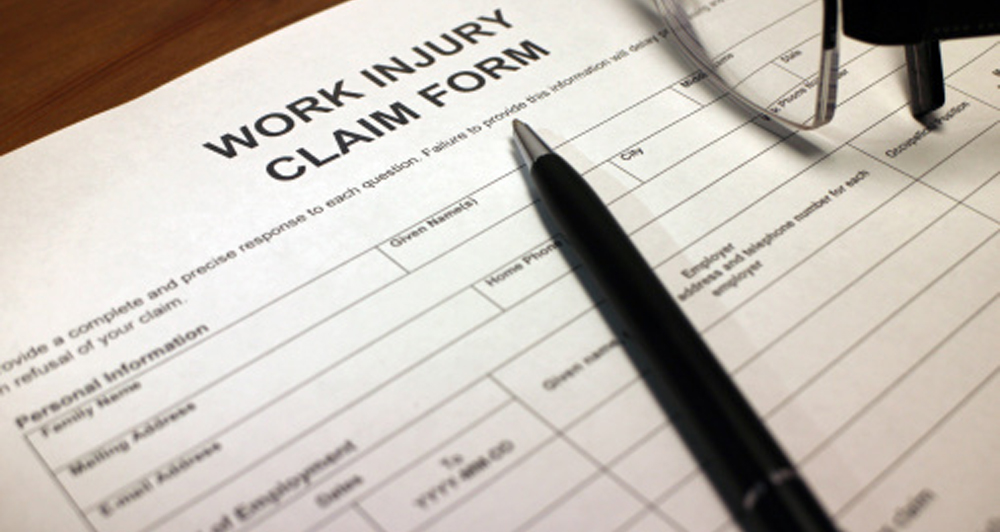Academic says improving security for healthcare workers will take more research and better design.
People in the healthcare professions are amongst the most exposed to workplace aggression, second only to that of protection and security services personnel.
This was the message from the University of Canberra’s assistant professor in nursing Dr Danny Hills at the recent ACN Nursing Forum, where he discussed workplace aggression’s impact on the sector, and the ongoing challenges in preventing and minimising occurrences.
“Are we staying ahead of the game? I don’t think so,” Hills states. “The risk of being abused, threatened or assaulted at work is beyond doubt.”
In a Monash University study, Hills found up to 75 per cent of health professionals experience aggression from patients. Up to 40 per cent of health workers experienced aggression from patients’ relatives or carers.
In addition, “where aggression from supervisors and other co-workers has been investigated, it was usually the third most common source – experienced by 3–40 per cent of respondents,” the report states.
At the conference, Hills made recommendations for establishing a broader knowledge base to assist clinicians and health organisations.
“Where we need more evidence is around organisational responses to workplace aggression and the best way to implement these responses, how best to design out risk, how best to equip nurses and other health personnel to minimise personal and organisational risk, and how best to mitigate the adverse impact and consequences of workplace aggression,” he explains. “What is also necessary is for organisational and managerial responsibilities and accountabilities to be clearly articulated and enforced.
“Policy and legislative reforms may provide stronger incentives to take action and evaluate performance (including contributing to the evidence base), for a safer working environment and safer healthcare.”
Hills’ research finds that different levels of aggression are prevalent, with occurrences ranging “from relatively mild, verbal expressions of dissatisfaction, frustration or hostility, to more deliberative tactics of harassment and bullying, through to extreme acts of violence”. He states in the report that, “A person can be aggressive without being violent, but to be violent is to be aggressive in the extreme.” The report also finds verbal aggression 2–5 times more prevalent than physical forms.
Hills says there is consistent evidence that non-physical aggression can have greater negative impact than physical forms. Decreased job satisfaction, increased absenteeism and leaving the profession are some of the potential effects of non-physical aggression.
“Overall, the costs can be huge, not just on a personal level for those affected, but in terms of litigation and costs to organisations and governments,” he states.
Working arrangements and conditions that increase the risk of aggression include longer working hours, mandatory overtime, staff shortages and insufficient lighting – amongst others.
Gender, age and work experience, cultural background as well as personality are amongst the personal factors that increase the likelihood of a clinician experiencing aggression. History of previous exposure to aggression was another risk factor.
Solutions, Hills says, may lie in environmental redesign, enabling better natural surveillance of people and situations that may be risks, and providing greater safety for health personnel, such as with wider counters, distress alarms and escape routes from threats.
Other solutions may lie in redeveloping organisational policies and procedures, taking into account the vulnerabilities associated with clinician characteristics and work conditions, and engaging staff and consumers in meaningful dialogue.
Education and training in preventing and minimising aggression are important, but they make up just one part of a broader set of necessary strategies, he says.
Do you have an idea for a story?Email [email protected]
 Aged Care Insite Australia's number one aged care news source
Aged Care Insite Australia's number one aged care news source

